Why were both Ferraris disqualified from the Chinese GP?
Ferrari's disqualification in China revealed structural challenges in the SF-25, with the car's rear suspension and gearbox unit lacking the expected stiffness needed for full race distances.

Ferrari's disqualification from the Chinese Grand Prix has exposed a deeper structural problem with the SF-25, one that goes beyond simple setup miscalculations.
Charles Leclerc's car failing post-race scrutineering by less than one kilogram points to fundamental design issues rather than a one-off mistake or bad luck.
The weight problem
The immediate cause of Ferrari's disqualification was straightforward – Leclerc's SF-25 came in underweight during post-race inspection.
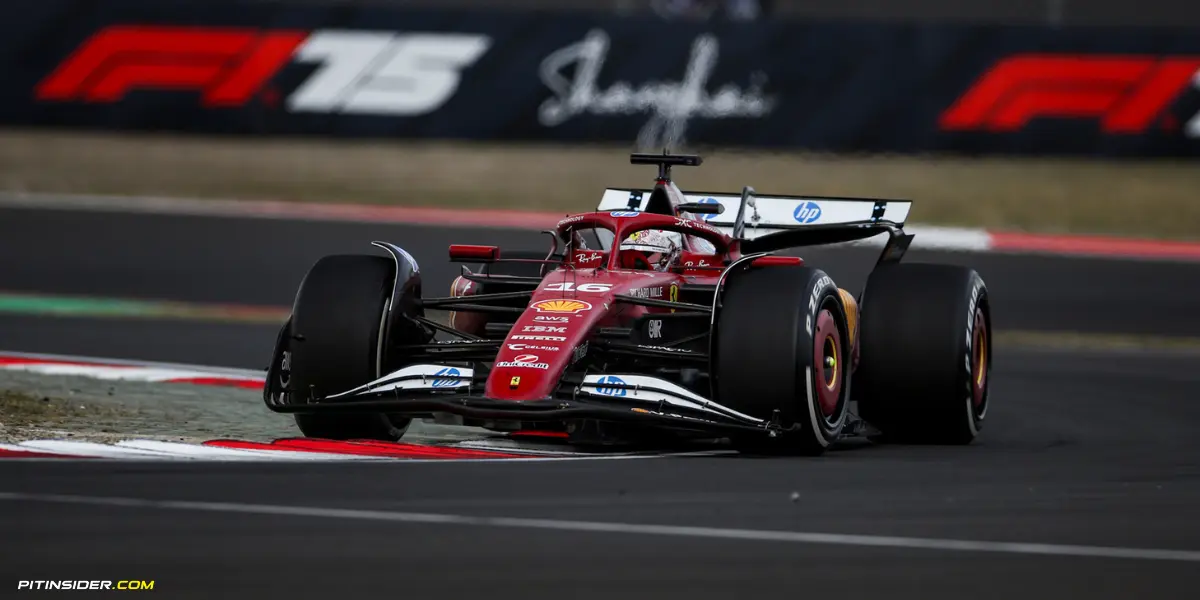
While the margin was minimal, Formula 1's technical regulations are absolute in this regard. There's no gray area or tolerance when it comes to the minimum weight requirement.
What makes this situation particularly telling is that the weight issue wasn't a result of Ferrari seeking performance advantages.
Instead, it stems from a poor race setup that failed to account for how the car would behave as fuel burned off throughout the race distance.
Structural weaknesses exposed
The core problem lies in the SF-25's mechanical structure.
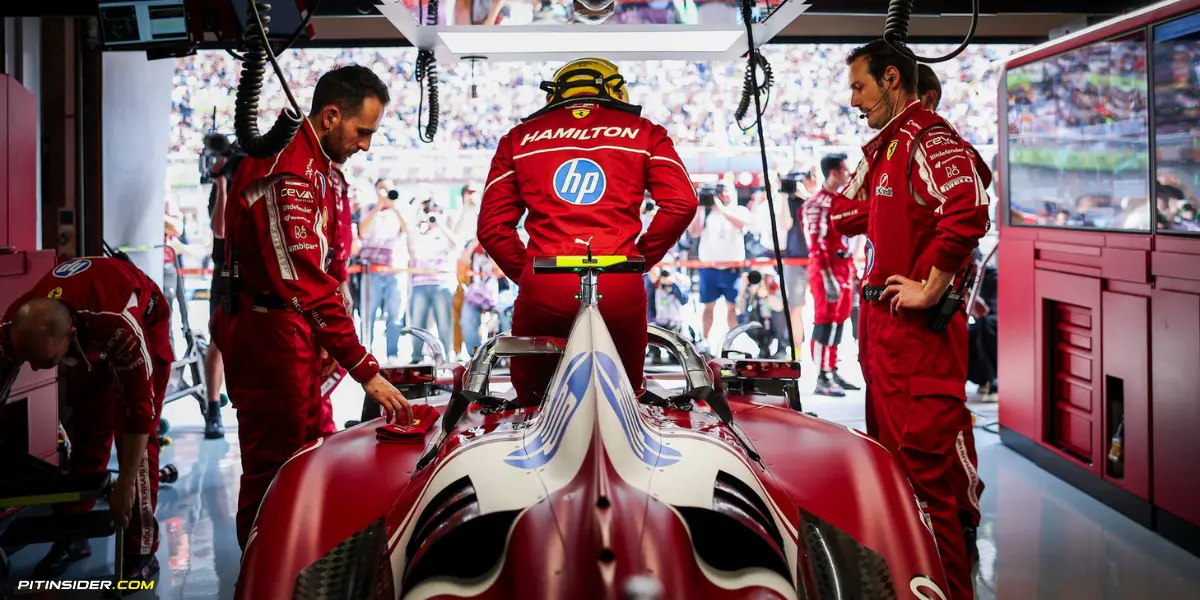
Ferrari's 2025 challenger struggles to maintain both legal weight and adequate plank wear protection over full race distances.
The team attempted to mitigate these issues by raising the ride height before the race, especially considering the full 100kg fuel load at the start.
However, as fuel was consumed during the race, the car's rear end dropped more than engineers had anticipated.
This unexpected behavior led to both the underweight condition and increased wear on the car's mandatory wooden plank.
Not a setup error
What's particularly concerning for Ferrari is that the plank wear isn't simply due to an aggressive setup or driver error.
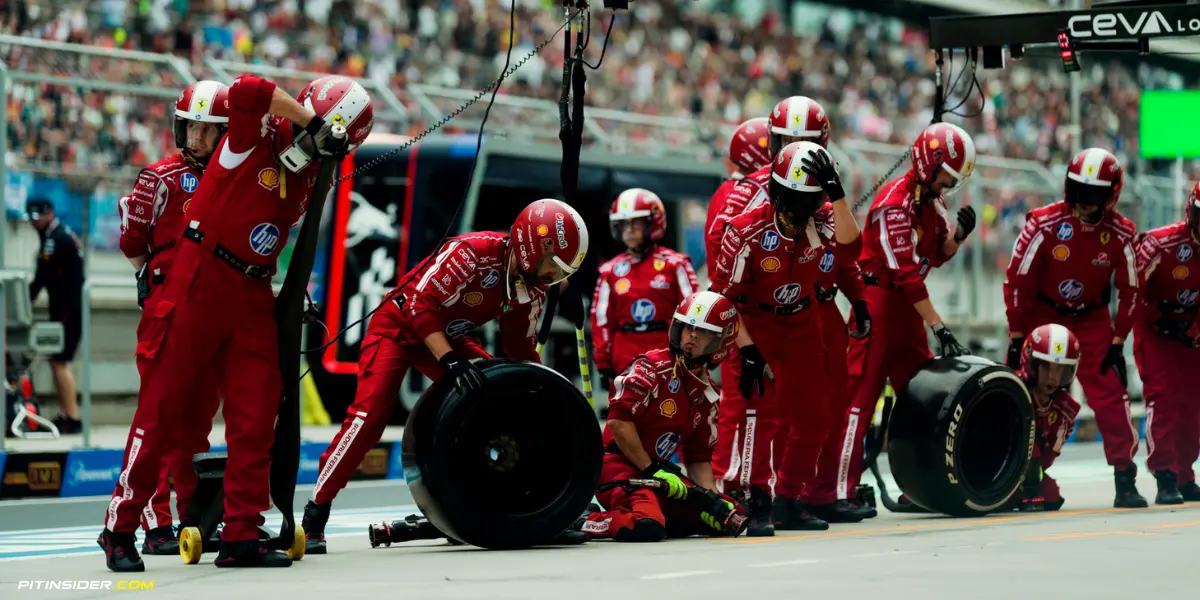
Technical analysis reveals it's symptomatic of a platform that lacks expected stiffness, particularly in the rear of the car.
During a race stint, the SF-25 experiences more bottoming out than anticipated, which gradually grinds away at the mandatory wooden plank and pushes the car toward illegal territory.
The relative softness in the rear structure creates unpredictable floor contact that the team struggles to control.
Sprint Race was misleading
Ferrari's strong showing in the sprint race created false confidence.
In sprint events, cars run with significantly less fuel – approximately 35kg compared to the 100kg load of a full Grand Prix.
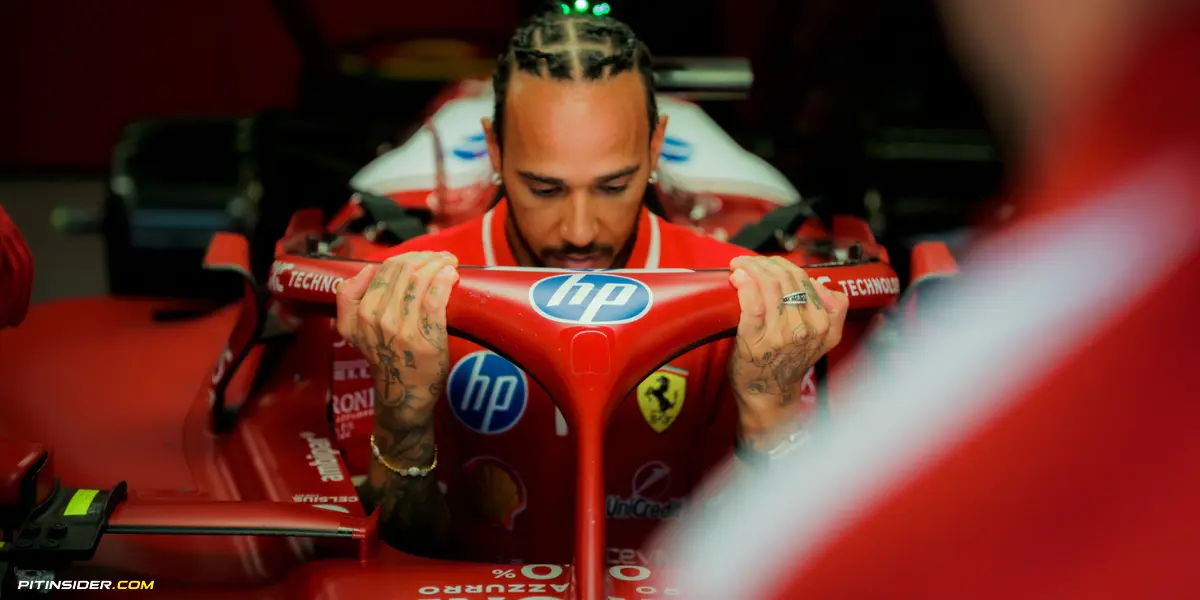
This lighter configuration effectively masked the SF-25's structural imbalance.
When faced with a full race distance on Shanghai's smooth surface, the car's lack of rear rigidity became impossible to hide, ultimately resulting in the disqualification.
The root cause identified
Ferrari's engineers have now pinpointed the source of their problems.
Contrary to early speculation about the front pull-rod suspension, the actual issue lies in the rear suspension and gearbox unit that was homologated in July 2024.
This combination doesn't deliver the expected structural stiffness, forcing the team into ride height compromises that ultimately hurt both compliance with regulations and overall performance.
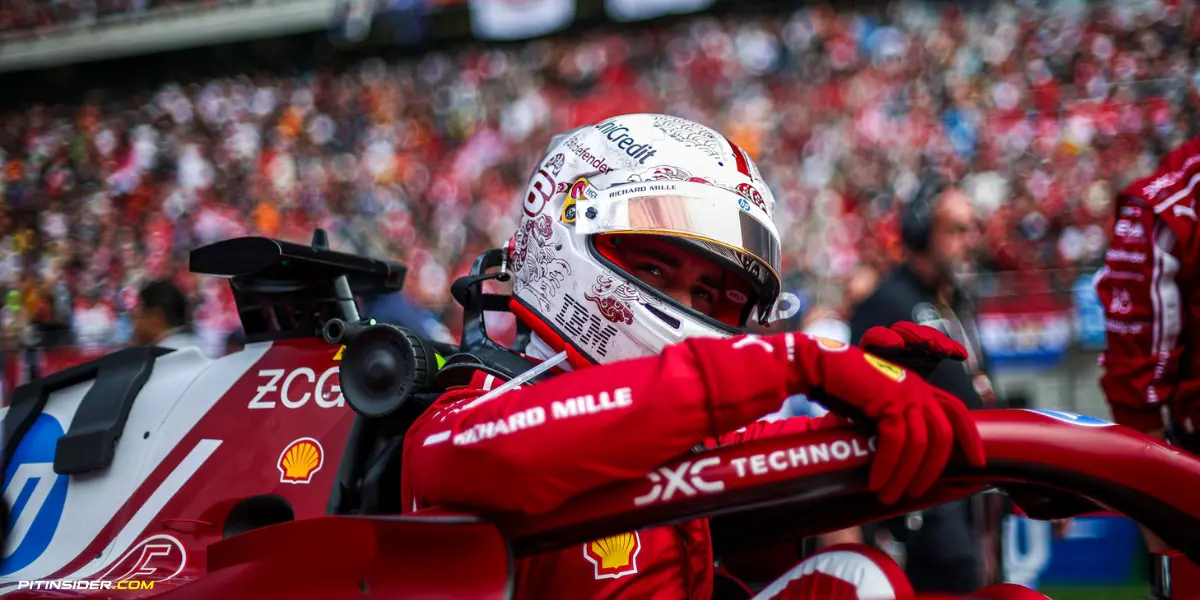
Interestingly, Haas – which uses Ferrari's rear suspension – didn't encounter the same problems.
This discrepancy exists because Haas operates with a less complex aerodynamic package and different performance targets, allowing for more forgiving setups.
Ferrari, meanwhile, is attempting to extract high downforce from a rear structure that lacks the necessary rigidity to support such aggressive aerodynamic demands.
Technical direction changes
Ferrari's new technical director, Loïc Serra, joined in October after the SF-25's primary design was already finalized.

While Serra is working to address these structural issues, fixing such fundamental problems isn't as simple as bringing a typical upgrade package.
Major changes to the rear-end structure and overall platform balance may only come with future significant updates – or possibly not until next year's car.
The car can deliver impressive pace in qualifying and sprint races, but over full Grand Prix distances, it struggles to maintain technical compliance.
Ferrari now faces the difficult challenge of finding workable solutions within the constraints of the current season, while also addressing these core structural weaknesses in their longer-term development plan.


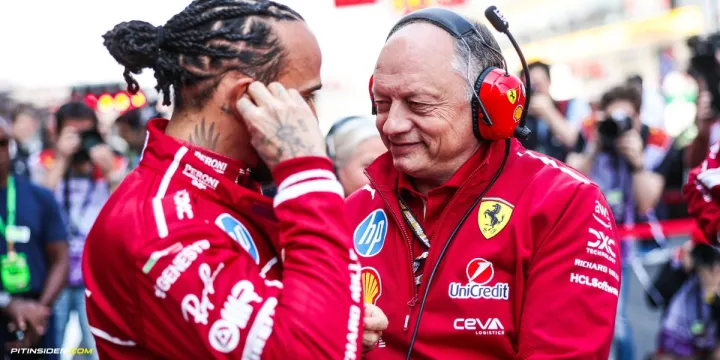
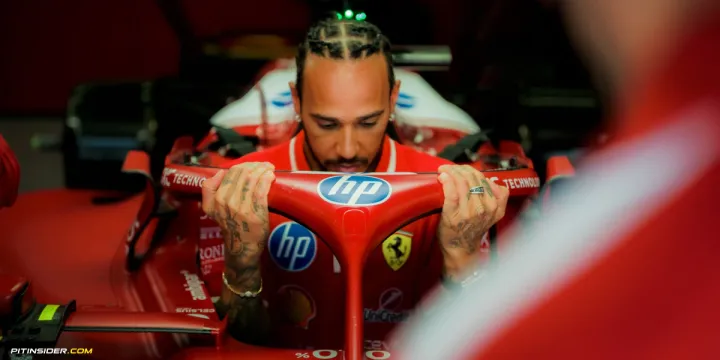
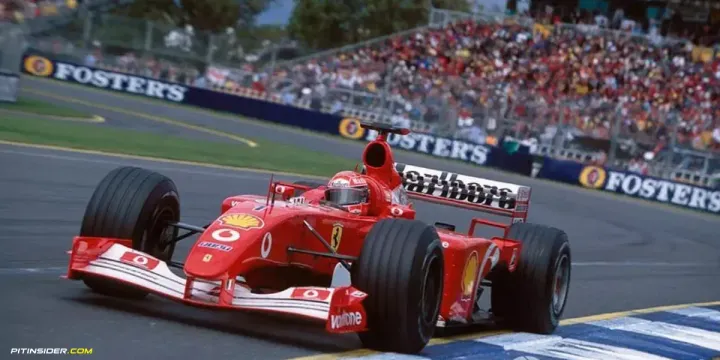
Comments ()